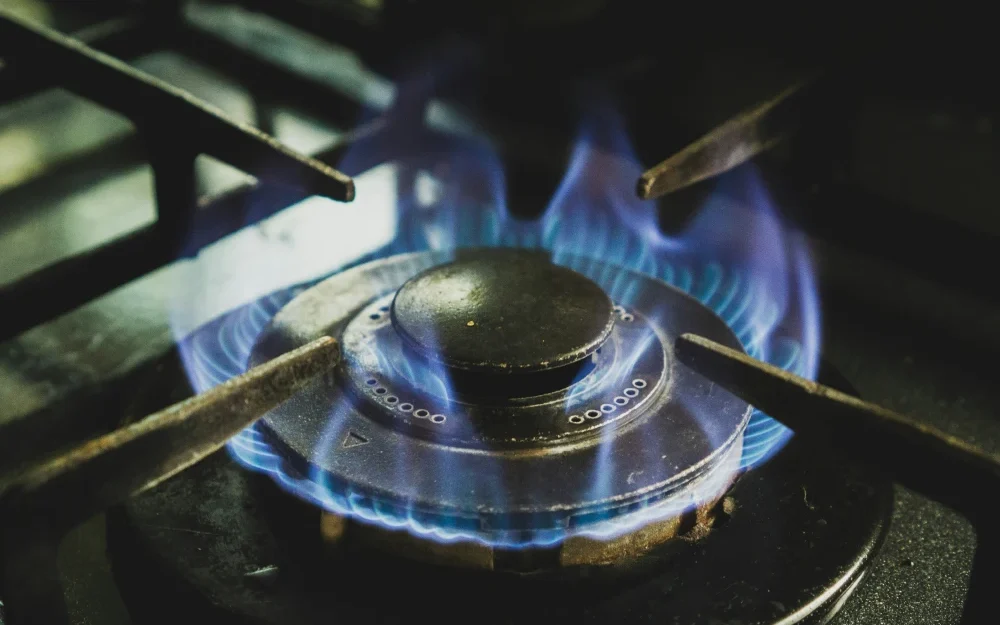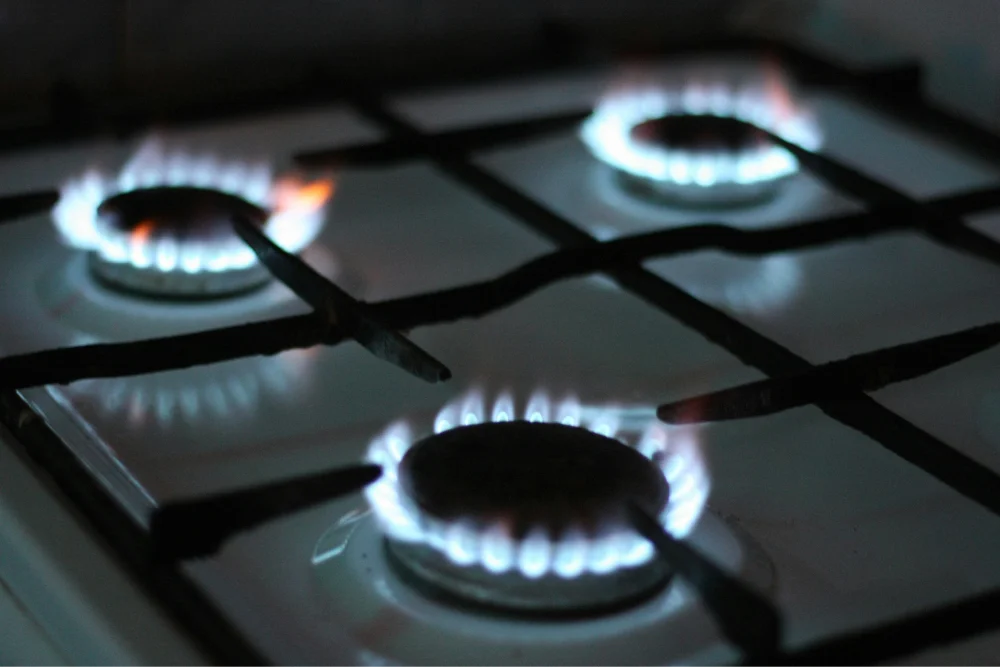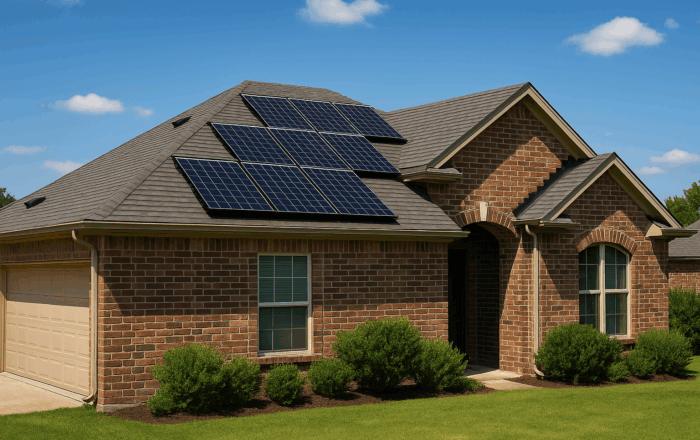Home Improvement Living in Texas
How Many Solar Panels Do You Need in Texas?
4 minute readHow to calculate the number of solar panels you need to power your Texas home
Home > BKV Energy Blog > All Posts > Gas vs Electric Stoves: Which Is More Energy Efficient?
3 minute read • Last update April 2024

Understanding the difference between gas and electric stove setups helps you make more informed decisions about energy consumption, which could impact your monthly utility bills.
If you’re looking to make a change in your kitchen and deciding between a gas or electric stovetop, this article has everything you need to know. We’ll run through all the key criteria, pros and cons, and some essential FAQs to help optimize your cooking experiences while still considering economic and energy efficiency factors.
| COMPARISON | GAS STOVES | ELECTRIC STOVES |
|---|---|---|
| POWER SOURCE | Gas | Electricity |
| COOKING PERFORMANCE | Quick heating, precise temperature control | Slower heating, less temperature control |
| EASE OF CLEANING | More difficult to clean due to grates | Easy-to-clean smooth surface |
| INSTALLATION COST | Typically higher than electric | Typically lower than gas |
| OPERATION COST | Typically lower than electric | Typically higher than gas |
| INDOOR AIR POLLUTION | Generates contaminants | Does not generate pollution indoors |
A stove, also known as a cooktop, features burners or heating elements for boiling water, sautéing, stir frying, and simmering using pots and pans. Some even incorporate griddles or grills.
Whatever you’re looking for in a stove, gas vs electric models provide different methods of heat transfer, which affect how you use them. Here’s a comprehensive list of gas vs electric stove pros and cons and some answers to frequently asked questions to help guide you.
A gas stove operates using natural gas or propane. Gas cooktops are easily recognizable by their open flame burners with burner grates and control knobs.

Unlike their gas counterparts, electric stoves feature a sleek design with smooth, flat surfaces, as the electric elements are located beneath the cooktop.

The presence of an open flame and the flatness of the cooking surface are the primary telltale differences between gas and electric stoves. The heat source is also a giveaway. Electric models plug into the wall via a power cord, whereas gas stovetops have a gas supply line.
The knobs on a gas cooktop offer precise temperature variance, making it easier to fine-tune cooking conditions according to specific recipes. Therefore, professional chefs often favor gas for its ability to handle various cooking techniques effectively.
However, there are downsides when it comes to cleanliness, as the metal heating elements on gas ranges and cooktops are more challenging to remove and wipe down. Gas stoves also generate indoor air pollution which may be harmful to your health.
Operating costs and overall energy efficiency will depend on utility costs in your area. An electric stove is generally cheaper to buy and easier to install than a gas burner.
However, electric ranges can be more expensive to run once installed, meaning higher bills if you do a lot of cooking. Plus, any form of electric heat relies on a stable electricity supply. So, power outages can disrupt cooking plans with electric appliances.
Graham Lumley, Digital Marketing Manager at BKV Energy, leads digital and traditional marketing strategies, focusing on educating Texans about the state's deregulated energy market. With over 8 years of marketing experience, he creates content to help consumers understand and save on their energy bills, bringing a fresh and dynamic approach to the industry.

Home Improvement Living in Texas
How to calculate the number of solar panels you need to power your Texas home

Gardening in Texas presents unique challenges. Long, hot summers and frequent droughts mean that traditional landscaping often requires significant water
Get $50 off your electric bill!
Use code BKVEJOINUS50
Enter your zip code to shop BKV Energy's affordable, fixed-rate Texas electricity plans. Use the promo code for $50 off your electric bill.